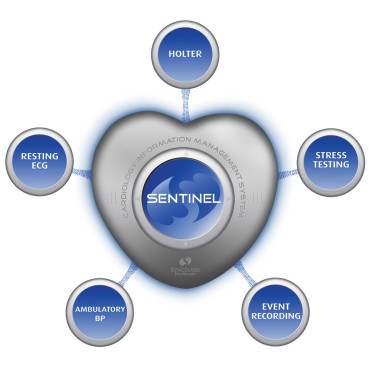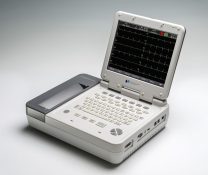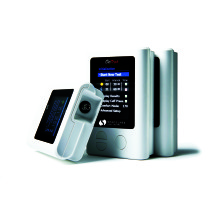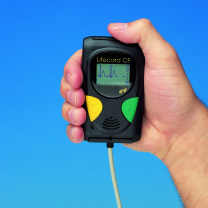One interface, immediate analysis, wherever you need it
Sentinel 11 provides a high level of security to protect against unauthorized access to clinical data, staff record data, and a patient’s protected health information (PHI). Data is easily encrypted and protected in transport, on the workstation, in web and data servers, and even in backup files. For additional privacy, Spacelabs ABP and Holter devices can operate and work seamlessly with the Sentinel system without requiring any PHI to be transferred to the devices.




